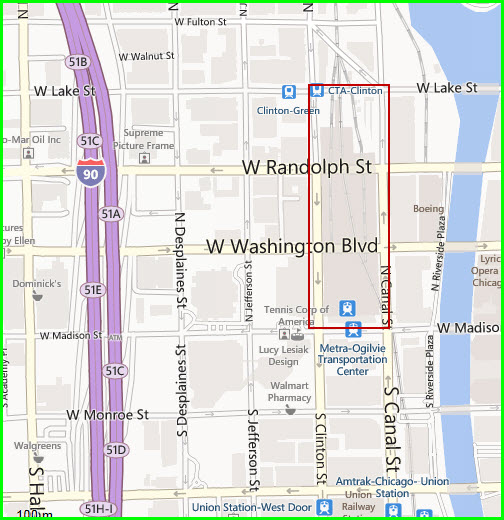

The Transcontinental Railroad had been finished just over 20 years prior and new lines were still being built across the Frontier. Louis found itself in an increasingly important role as " The Gateway To The West" since it lay at the conjunction of the mighty Missouri and Mississippi rivers. It has been a very impressive transformation.īy the last decade of the 19th century St. The shed itself has been converted into an outdoor entertainment venue including an aquarium, mall, and outdoor eating area. Today, the city's light-rail transit service, MetroLink, still serves the station from directly below the train shed within the subway tunnel. The station was completed in the mid-1890s and served in its original role until 1978 when Amtrak's final long-distance passenger train left the magnificent train shed (at one time the station welcomed over 100,000 daily passengers through its doors). However, it is one of our country's largest, constructed during a time when the nation was rapidly expanding westward.įortunately, the building has been beautifully restored and now serves more as an entertainment and shopping venue with museums (including an operating model railroad), plays, restaurants, and tours available (there is even a hotel on the grounds). Louis Union Station (also known by its initials, SLUS), once one of the busiest terminals in the world, no longer serves dozens of inbound and outbound passenger trains heading east and west. If you’re looking for more information on DC’s transportation hubs, find out what you need to know about getting around Washington, DC.Today's St. These days, Union Station is again a crown jewel for DC, serving as one of the country’s busiest rail facilities as well as a prime destination for shopping and dining.

By the fall of 2016, the entire Main Hall of the station had been restored, matching the Beaux Arts splendor showcased by Burnham in the early 1900s. Its next difficulty arose from an earthquake that shook DC in August of 2011. Union Station reopened in 1988 with restored elements and three new levels of retail space. By 1981, the building was in total disarray, leading to the structure being closed to the public and prompting Congress to pass the Union Station Redevelopment Act. The facility was turned into a new National Visitor Center in 1976, but for only a short time due to poor funding and organization. The station faced difficulties after the Second World War as plane travel became more popular. By the early 1940s, roughly 200,000 passengers would pass through the station on any given day, as the railways were the most popular avenue for long-distance travel at the time. Architect Daniel Burnham designed the Beaux Arts building, which featured a jaw-dropping Main Hall (also known as the “General Waiting Room”) that dazzled patrons. The construction of Union Station was fully completed in April 1908, launching one of DC’s largest transportation hubs in the process. For bakery specialties, head to Le Pain Quotidien, or grab a Chicago-style pizza at UNO Pizzeria & Grill. You can enjoy a delicious cup of coffee from Blue Bottle Coffee or a flavorful smoothie from Jamba Juice. Quick options like Cava, Chipotle, Potbelly, Shake Shack and Subway are on-site. There's a restaurant for roughly every taste inside Union Station. Treat your body well at Bluemercury or The Body Shop, or grab a greeting card to send back home at Papyrus. Jewelry and accessories for special occasions can be purchased at Kashmir, Claire’s and Aurea. Fashion lovers can stop in at H&M, Victoria’s Secret, Joseph A. The shopping options at Union Station are plentiful. You can also book a sightseeing tour from Union Station, as Big Bus Tours, City Sights DC, DC Ducks and Old Town Trolley Tours all have outlets there.

Parking is available at the Union Station Parking Garage at 30 Massachusetts Avenue NE. You can also easily catch a bus or rent a car at Union Station. There is a taxi dispatch at the Main Hall entrance that is open from 8 a.m. Numerous transportation modes are available, including rail options in the form of Metro, Amtrak, MARC trains and the Virginia Railway Express. Union Station is one of the busiest spots for transit and travel in the country. Its beautiful architecture, wide variety of shopping and dining options and status as one of the largest transportation hubs in the country, as well as a healthy dose of history, make the station a popular destination. DC’s Union Station receives roughly 40 million visitors per year.


 0 kommentar(er)
0 kommentar(er)
